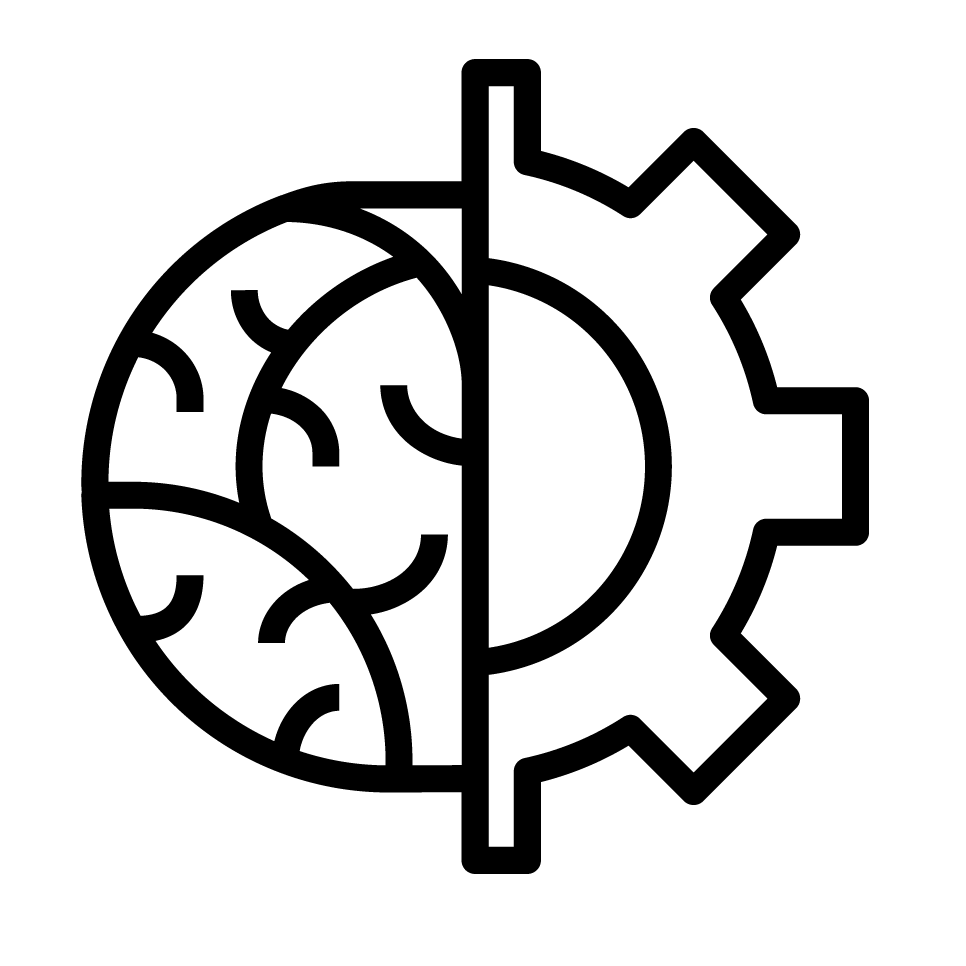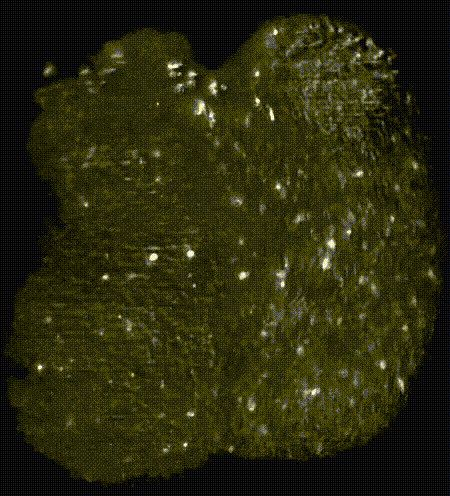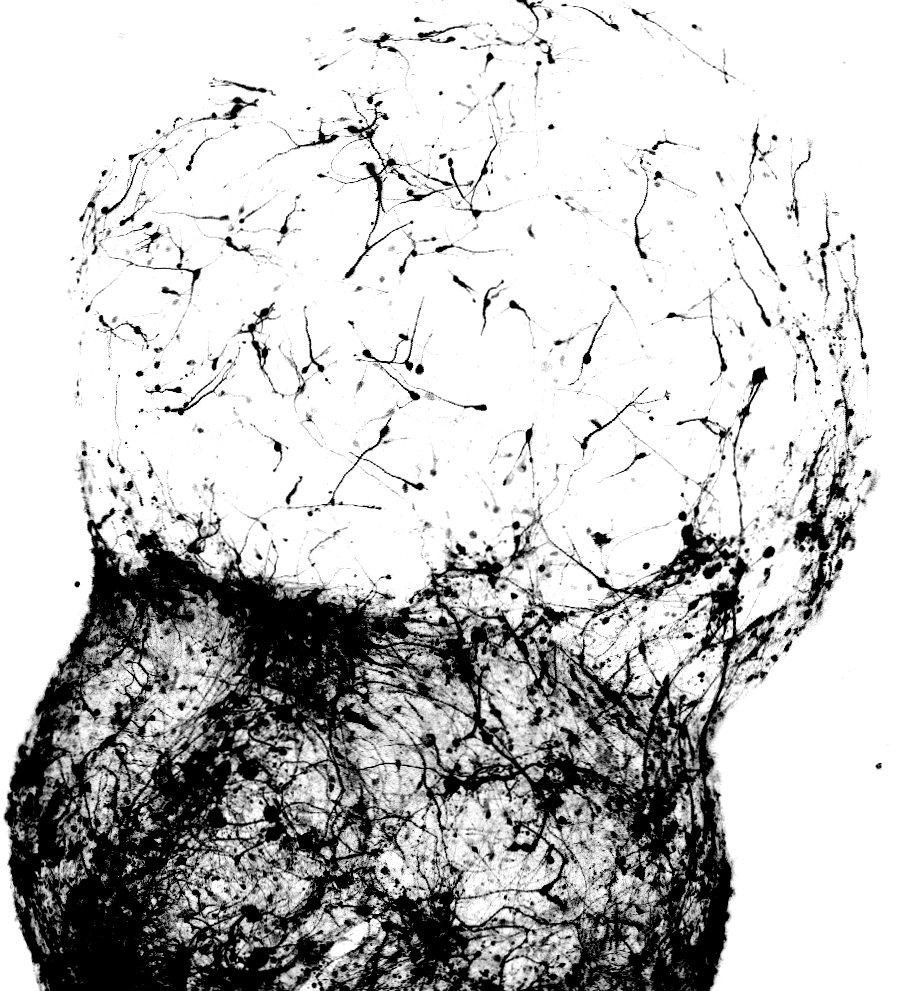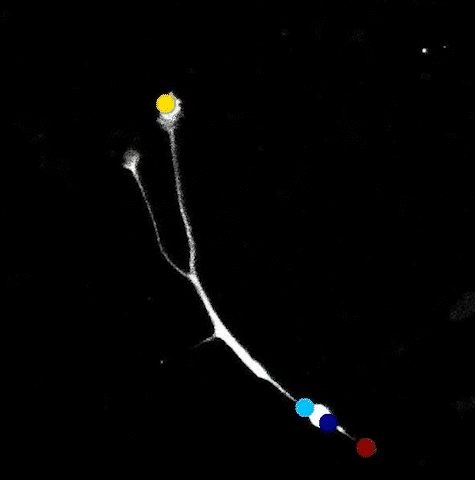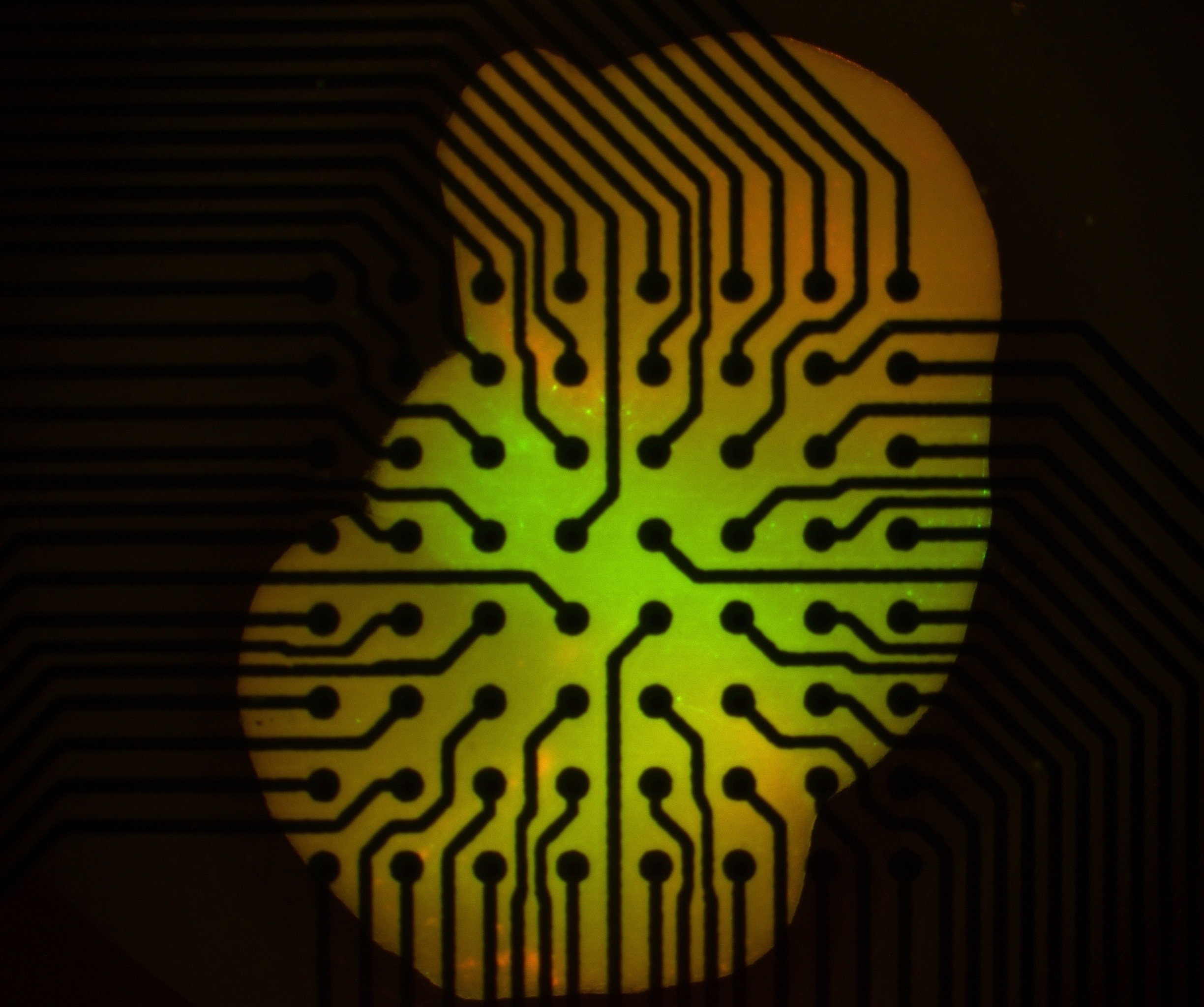
Towards a mechanistic understanding of
human brain development and disease
We are interested in deciphering the principles that guide human brain assembly.
Our overarching goal is to illuminate new disease biology and enable effective therapeutics.
Our efforts are designed broadly around three inter-linked questions:
What are the mechanisms that underlie human brain assembly?
How do these mechanisms fail as disease states emerge?
What novel tools grant access to the study of additional mechanisms?
Research focus
Investigating the human brain at the cellular & molecular levels in health & disease has traditionally been limited to studies of post-mortem tissue, which remains a critical yet limited resource in that it precludes functional examination of dynamic processes that unfold over long periods of time as the human brain develops. To address this challenge, we have previously developed the assembloid platform, a human induced pluripotent stem cell (hiPSC)-based in vitro model where regionally specified brain organoids are assembled to model various aspects of the developing human brain assembly. Using patient-derived assembloids, we discovered various subtype-specific cellular and molecular phenotypes in a monogenic form of autism.
We work at the crux of exploration and implementation: We are always in search of novel models to better gain access to an ever-expanding set of phenotypes, more faithfully recapitulate in vivo development and improve reproducibility, throughput and feasibility, always keeping the question “what can this tell us about disease” in mind. We routinely use patient-derived hiPSCs, genome-edited isogenic lines and primary tissue along with orthogonal phenotyping approaches. We like to think across scales, and strive to attain mechanistic frameworks that unify molecular, cellular and population-level findings.
Some of our current scientific interests include:
- Activity-dependent developmental programs
- Functional diversification of human cortical neurons
- Roles of neuromodulators in human cortical development
- Synergistic roles of signaling hubs underlying human brain regionalization
- Functional roles of shifting isoform landscapes during development
- Multimodal convergence of disease risk in neurodevelopmental disorders
Approaches
We regularly tap into a multi-disciplinary toolkit that borrows from cell biology, neuroscience and molecular biology, such as functional imaging coupled with pharmacology, optogenetics, single cell omics, CRISPR/Cas9 gene editing and bioengineering-based techniques.
Calcium dynamics
in a human Cortical Spheroid
Human cortical interneuron migration in
a forebrain assembloid
growth cone
soma front
soma rear
trailing branch
Markerless sub-cellular tracking of
a migrating human cortical interneuron
A three-way forebrain assembloid on a multi-electrode array chip (Image by Arvin Sarkissian)
